Approximately 80 meters high. Their glossy bodies and supple physiques give a sense of agility. They are not robots, however, but unidentified artificial humans. The artificial humans are controlled by 14-year-old boys and girls. The cockpit, located around the cervical vertebrae, is filled with a fluid like amniotic fluid, and they synchronize with the artificial human by immersing themselves in it.
They ride (?) on the synthetic. The purpose of their ride (?) is to fight a mysterious life form that visits the earth irregularly and whose purpose and intentions are unknown. How in the world were these artificial beings created, why are their pilots limited to boys and girls, and what is the purpose of the aliens? Everything remains unclear.
The synopsis of the story sounds so absurd that it is hard to predict how the story will unfold from here.
However, this story became an unprecedented hit as soon as it started as an animated TV series in 1995. It immediately became a whirlwind among the youth of Japan, and hijacked all subcultures, including movies, manga, merchandise, and cosplay. Thirty-five years later, the popularity of the series continues to grow, and it consistently ranks at the top of video distribution services in terms of viewership.

Why on earth has this anime remained so popular for so many decades despite the aforementioned nonsensical storyline?
To find out, it is necessary to review the story’s synopsis and explore its creator, Hideaki Anno, his birthplace, and his father’s existence… from many different angles.
Synopsis.
The main character’s name is Shinji Ikari. He is 14 years old, in the second year of junior high school. His mother died early, and his father does not take care of his family (or rather, they are separated). He is a typical fragile child type, weak-willed and negative. She tends to lead a withdrawn life.
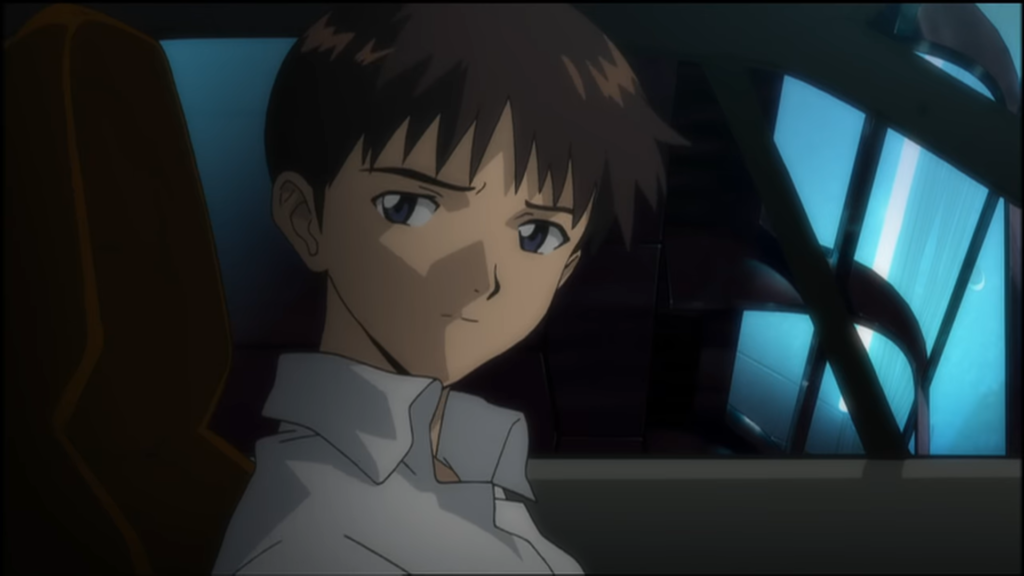
The Japan in which he lives is a far cry from what it really is. At first glance, the streets and life in Japan seem ordinary, but once the aliens attack, it is transformed drastically. With the sound of earth-shaking sirens, gigantic structures (anti-alien structures) begin to sprout from all over the city, and people take refuge in underground shelters. The people have no choice but to evacuate from the ground as the aliens, known as “messengers,” do everything in their power to destroy the city.
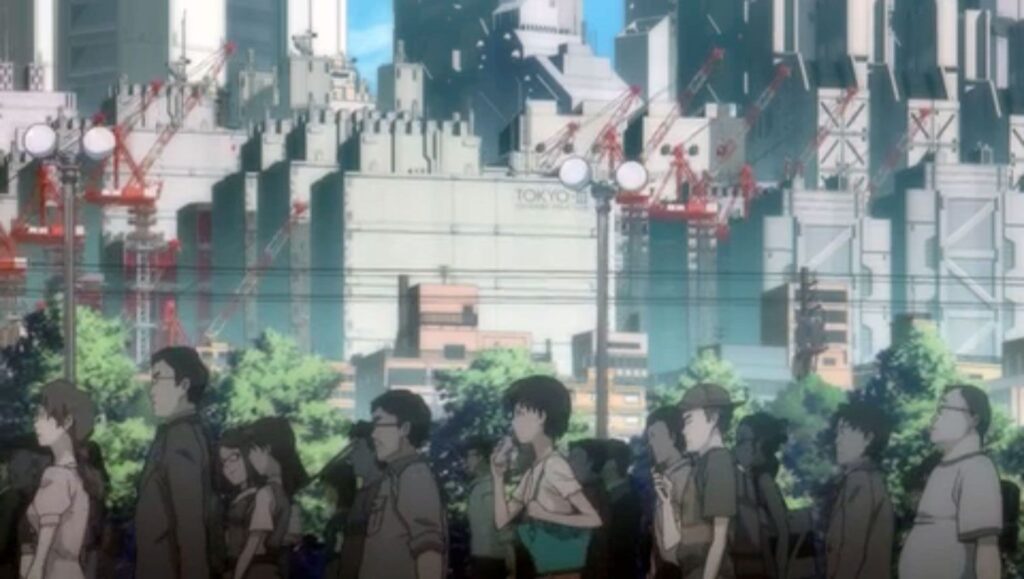
That day, Shinji was taken by a woman named Misato Katsuragi to the headquarters of an organization called NERV. This NERV is the group responsible for defeating the aliens, and the leader of this group is Shinji’s father. Before they have time to renew old acquaintanceships, Gendo approaches Shinji.
“Get on the Evangelion.”
Shinji, of course, refuses to obey this outlandish order.
“No.”

This super-intimidating father, with whom there is little communication to begin with, is, from Shinji’s point of view, an object of horror.
Suddenly, however, a young girl covered in wounds is brought in on a stretcher. The girl, Rei, is also one of the pilots, but when she boards the Evangelion, she is turned back by the aliens and is dying.
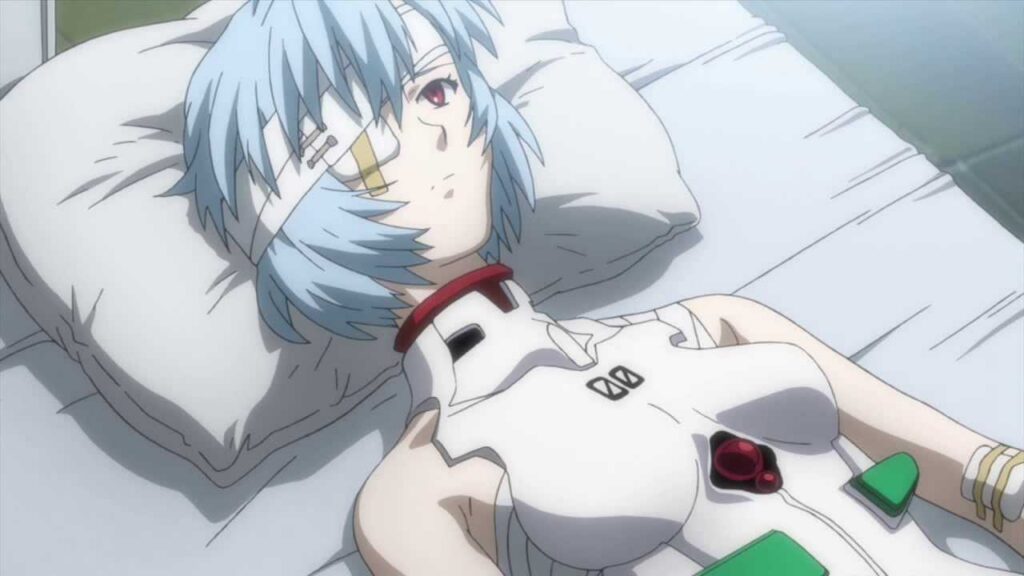
Seeing this figure, Shinji, for the first time in his life, developed a sense of justice, righteous indignation, and other such feelings. It may have been his rebellion against his father, who had told him to go home if he did not get in. Finally, Shinji climbed into the cockpit with the words, “I’ll get in.
Thus began his long and fierce life of battle.
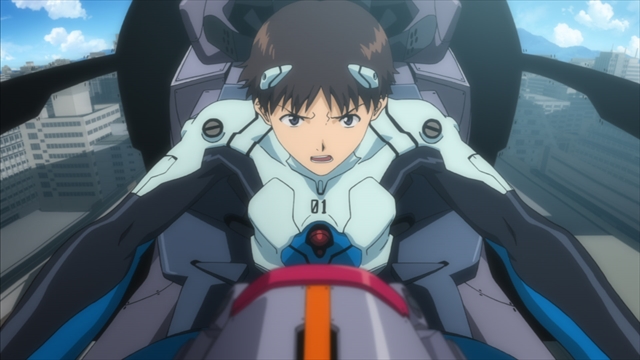
The Human Being Hideaki Anno
What kind of person is Hideaki Anno, the creator of Evangelion?
He was born in 1960 in Ube City, Yamaguchi Prefecture. He has loved manga and anime since he was a child, especially special effects.
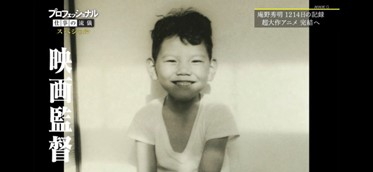
He was also good at drawing, often copying the industrial landscape of Ube that he could see from his apartment. It is a well-known story among fans that this would later be depicted again in the final scene of Shin Evangelion.
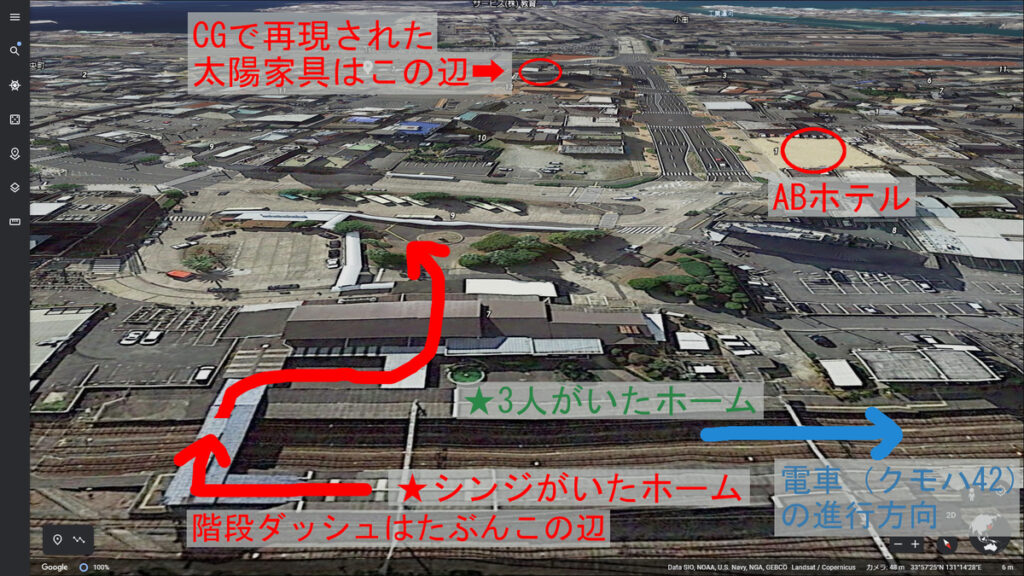
When I was a student, I was not a very studious student. In high school, he was a member of the art club, where he created manga and anime, and the earth science club’s astronomy group, where he was an avid observer of the stars. Various supernatural phenomena, such as the “black moon” in Evangelion, may have been based on his original experiences in those days.
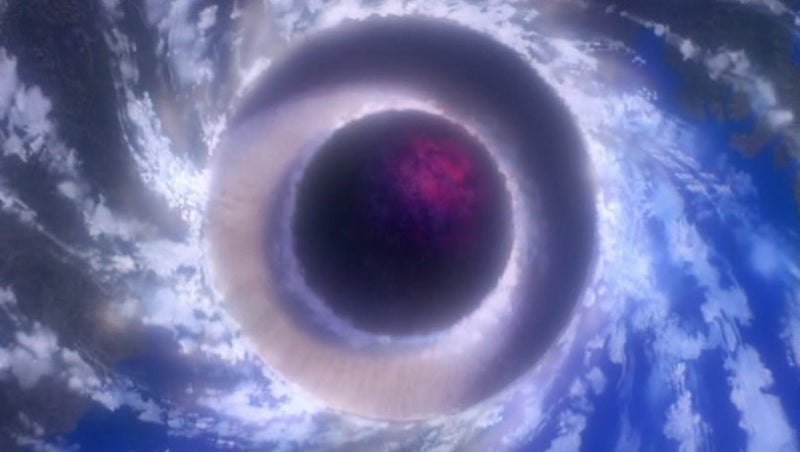
Anno then went on to an art-related university, where he continued to be a diligent student and devoted himself to anime production with his friends. He worked on the TV version of “The Super Dimension Fortress Macross” as a freelancer and developed his skills to a solid level. He was unaware that he had fallen behind in his tuition payments, and although he received a counter-dismissal, he took this opportunity to move to Tokyo. There, he participated in the famous “Nausicaa of the Valley of the Wind” as an original artist.

Since then, he has produced various animated TV shows and movies, sometimes directing, and in 1995, he released Evangelion. It is not necessary to go into detail here about his subsequent activities.
Its authorship. “Giant Characters” and “Destruction”
・Giant Characters
Since his childhood, Anno has always loved stories with “giant” characters of some kind, such as Ultraman, Godzilla, and Gundam.
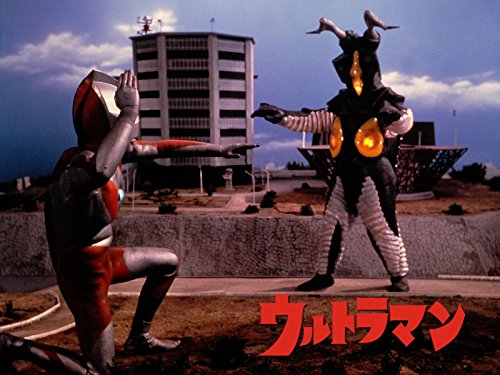
By the time I can remember, I was making my own dioramas and shooting original special effects movies. For helpless children, the existence of these people, who transcend the world of social common sense, laws, economics, politics, and other adult-centered issues, is probably a source of romance and courage. I strongly agree with this. His parents were both tailors in the city, and he was a serious-minded craftsman. His parents were a simple tailor and a serious craftsman in the city. His desire to be taken away from here must have been stronger than anyone else’s.
・Destruction.
His works always include scenes of large-scale destruction. In Evangelion, the apostles (enemy characters), and in live-action films, Godzilla and the aliens go to great lengths to destroy. Sometimes the destruction extends to the bodies of the main characters. In Evangelion, there is a particularly famous scene in which the arm of the main character’s artificial creature is torn off.
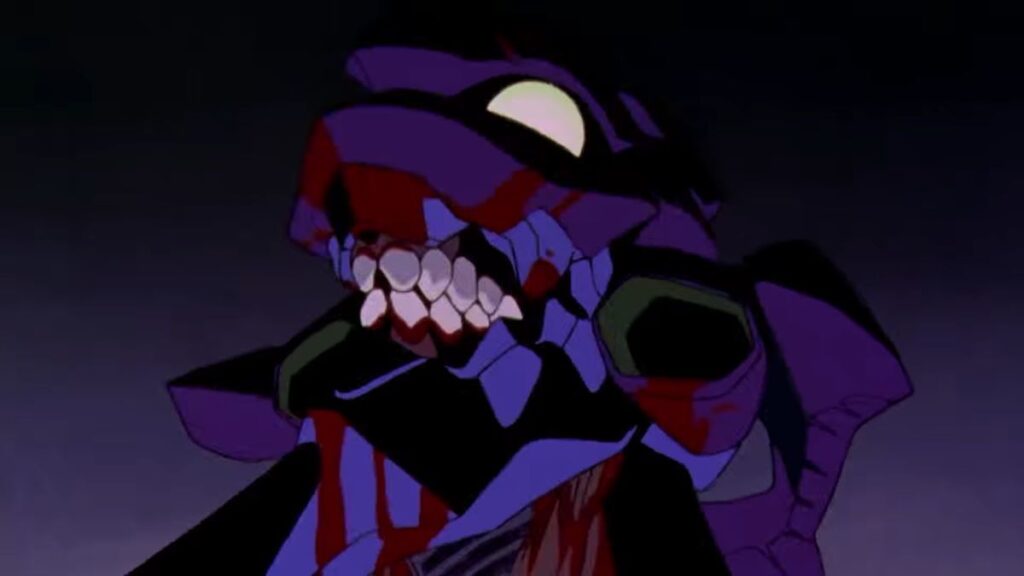
When the artificial man is injured, the pilot inside him is also injured in synchronization with him, and the depiction of the blood-splattering, howling artificial man and Shinji moaning inside is very graphic.
Many have speculated that the origin of this scene lies in Anno’s past. His father is missing his right leg. He was working in a sawmill when he accidentally cut it off with a saw. In an interview, Anno reflected on that time and said,
“I think it is better to have something missing because my father had a missing leg.”
“I think that’s where the sense of thinking that it’s better to not have everything.”
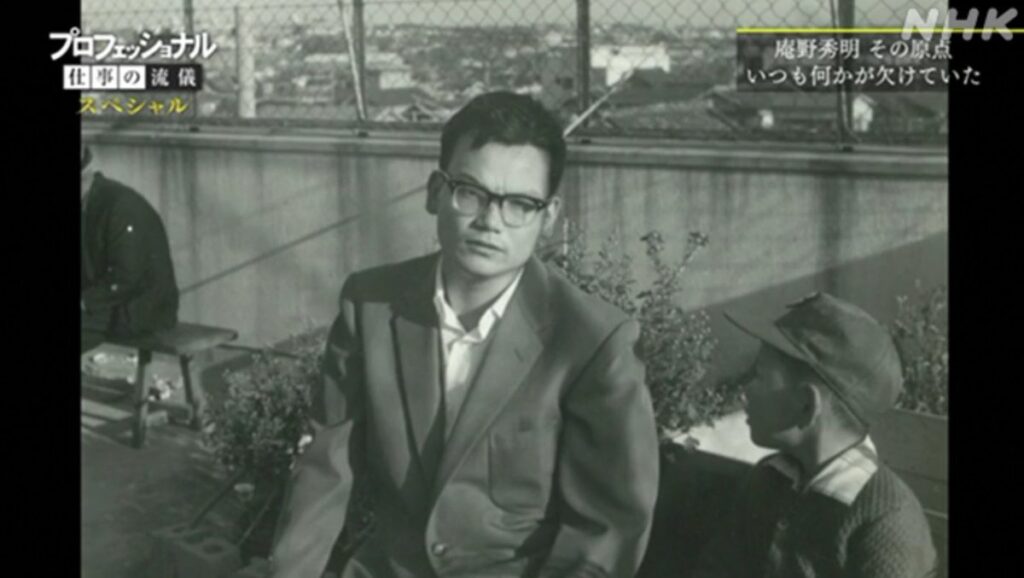
“Giant characters” and “destruction”. These two major elements of Anno’s works are thoroughly deformed and appear to neutralize a worldview full of metaphors.
It may be no exaggeration to say that Anno’s works have won over fans not only in Japan but also around the world.
Conclusion
I have been trying to get a closer look at Evangelion and its creator, Hideaki Anno.
I began this blog by researching the man because I felt that there must be something behind such abstract and brutal images that have become so popular in the world, no matter how much it is animation. I then began to unravel his life story and found that there was something universal in it, something that applies to all living things, including human beings. The helplessness of children, the urge to destroy, the presence of the father figure…. It is precisely because of these common themes that animated films like this one continue to captivate fans around the world nearly 30 years later.
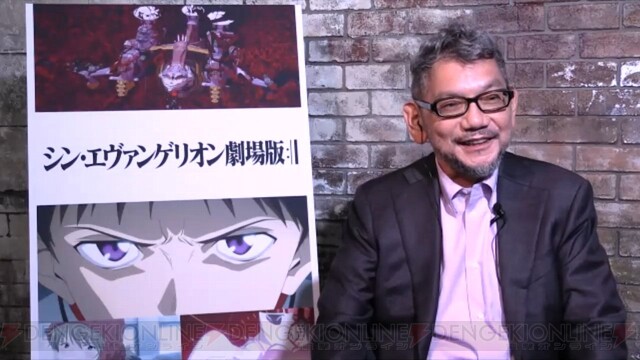
Sources
Hideaki Anno, The Art of Professionalism

Hideaki Anno Wikipedia




